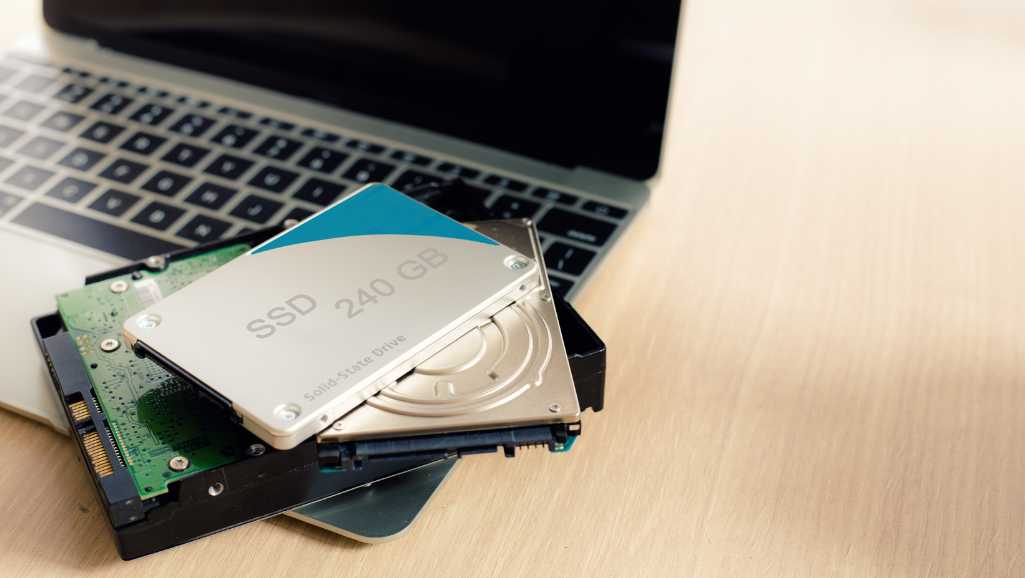
RMA for SSD: What You Need To Know?
In the realm of modern computing, Solid State Drives (SSDs) have become indispensable due to their reliability and speed. However, like any technology, they are


Photo via Windows Central

Photo via reneelab

In the realm of modern computing, Solid State Drives (SSDs) have become indispensable due to their reliability and speed. However, like any technology, they are

In truth, a number of users are actually very much bothered by the issue of how to upgrade storage on their MacBook Pro, as the

Do you have a trusty Lenovo laptop that’s been feeling a bit sluggish lately? You’re not alone. Over time, even the most reliable machines can
|
*We are OPEN on 3 May 2025 (Polling Day). CLOSED ON 1 May 2025 (Labour Day) |